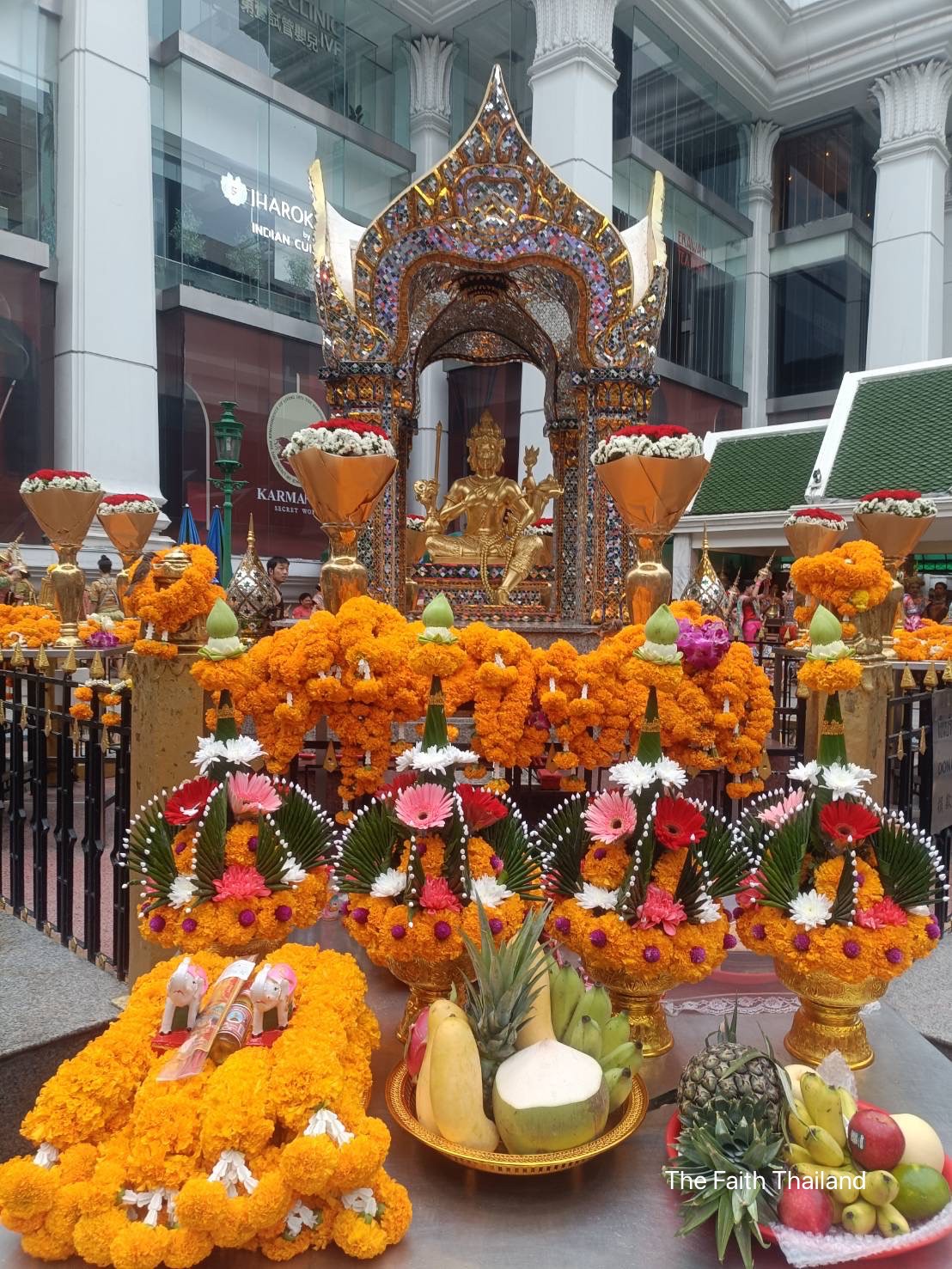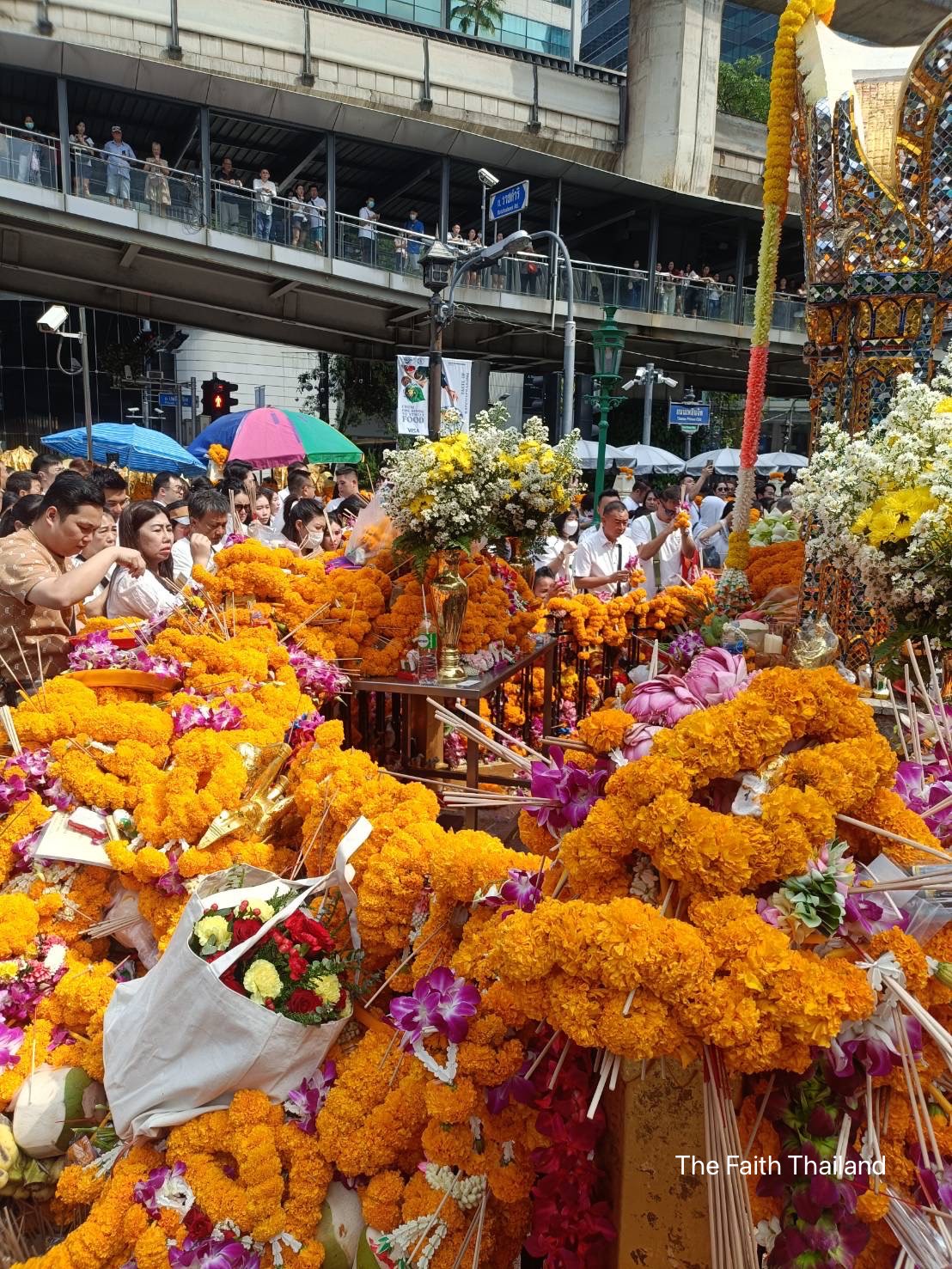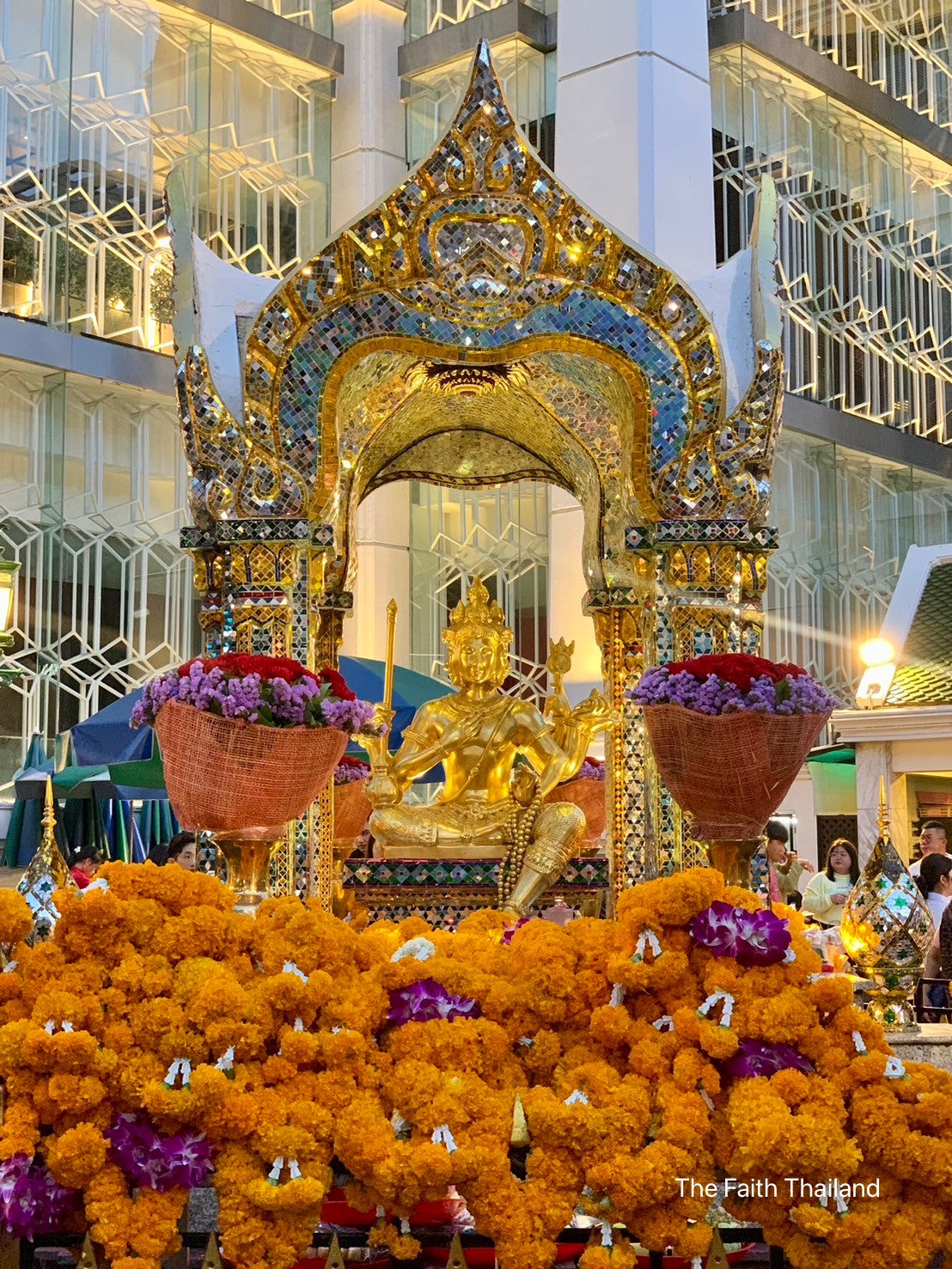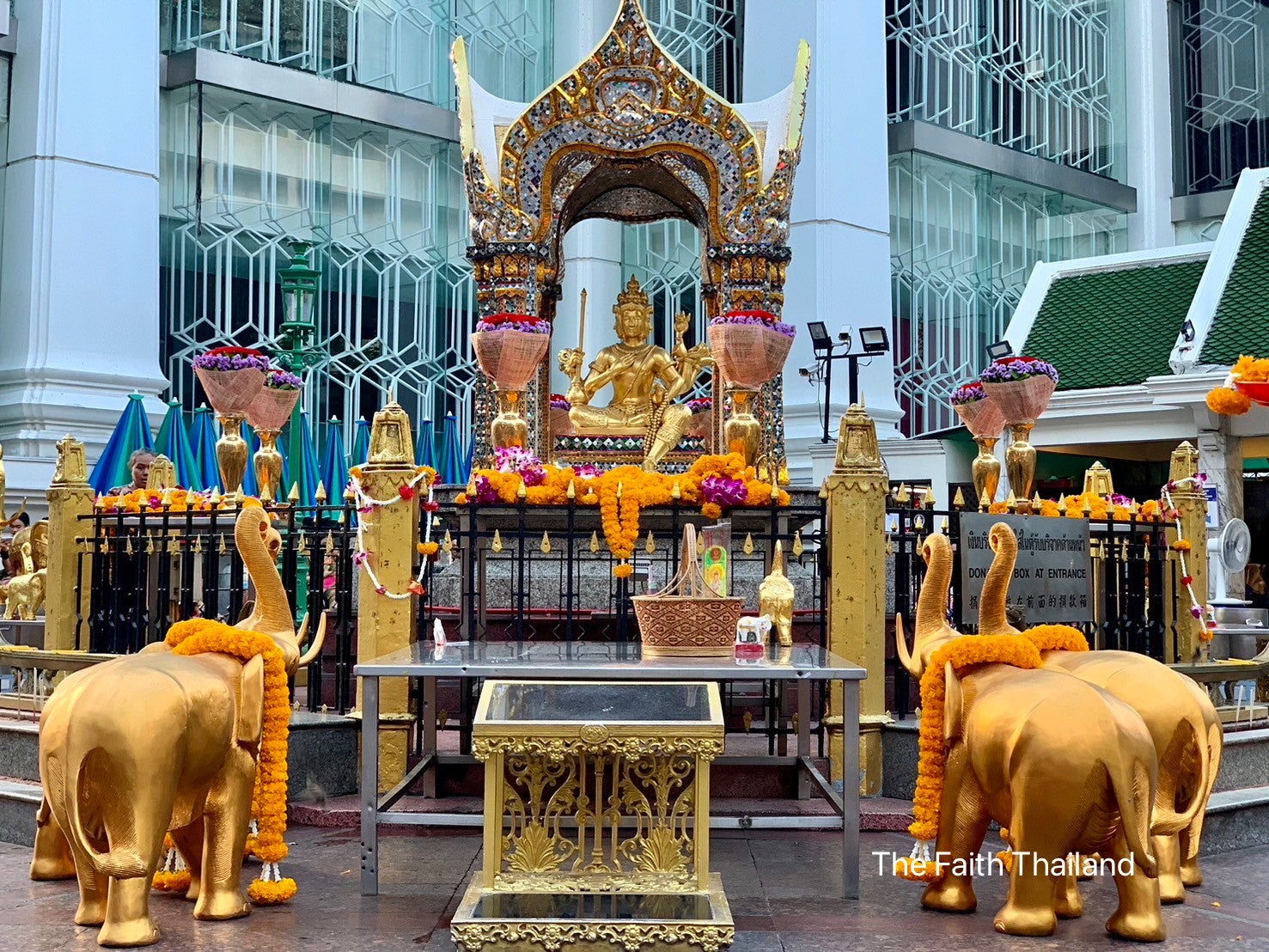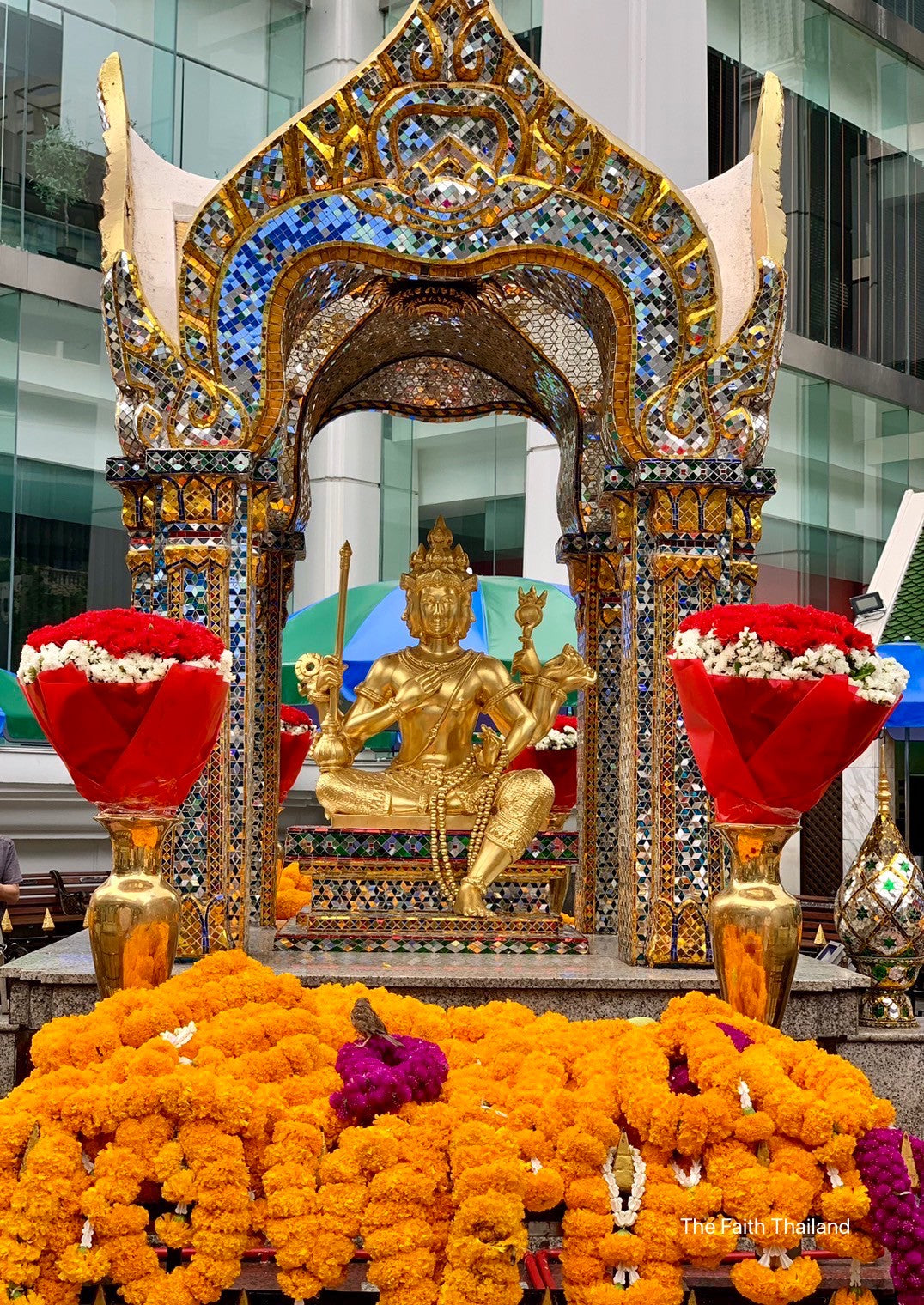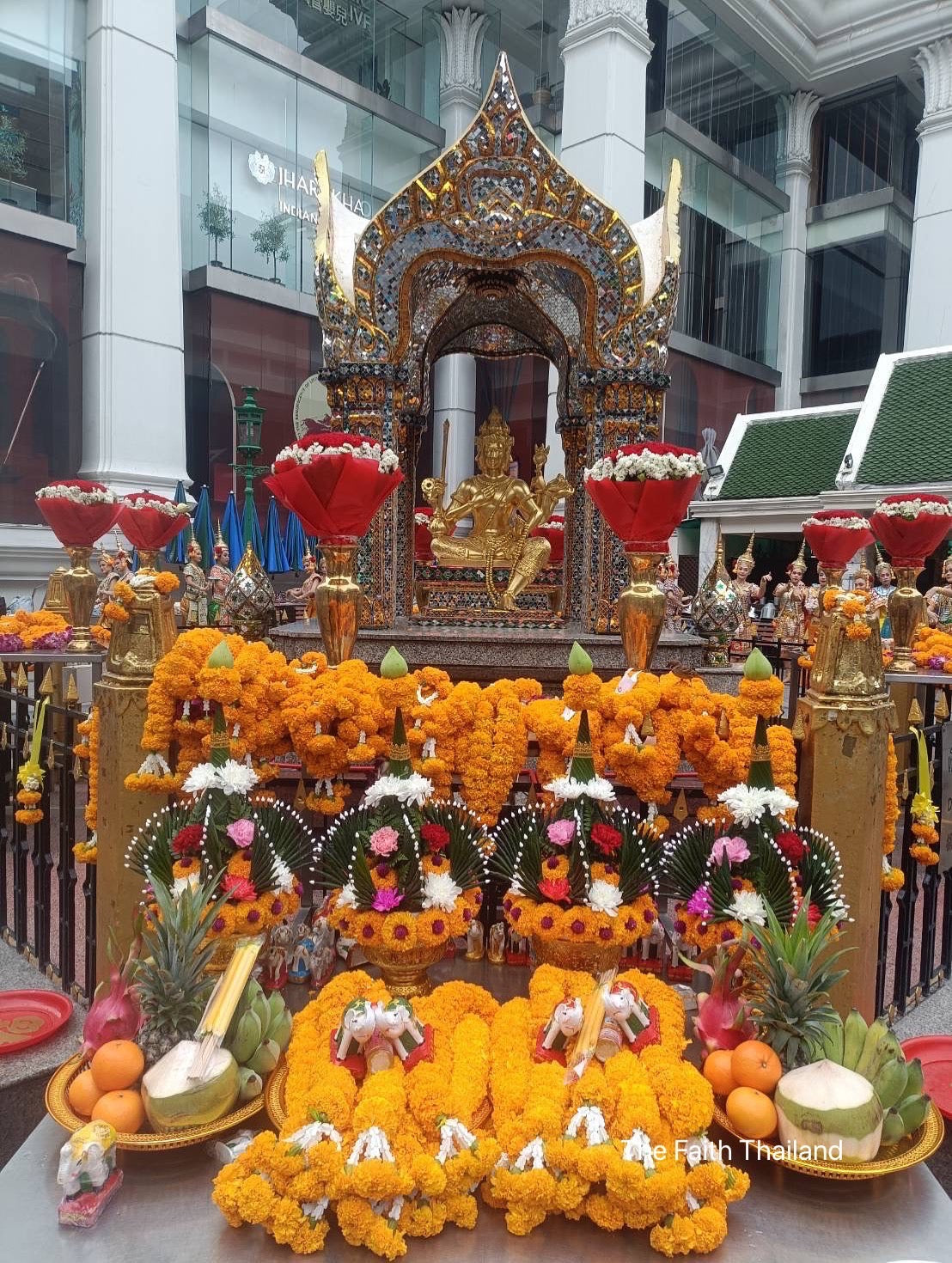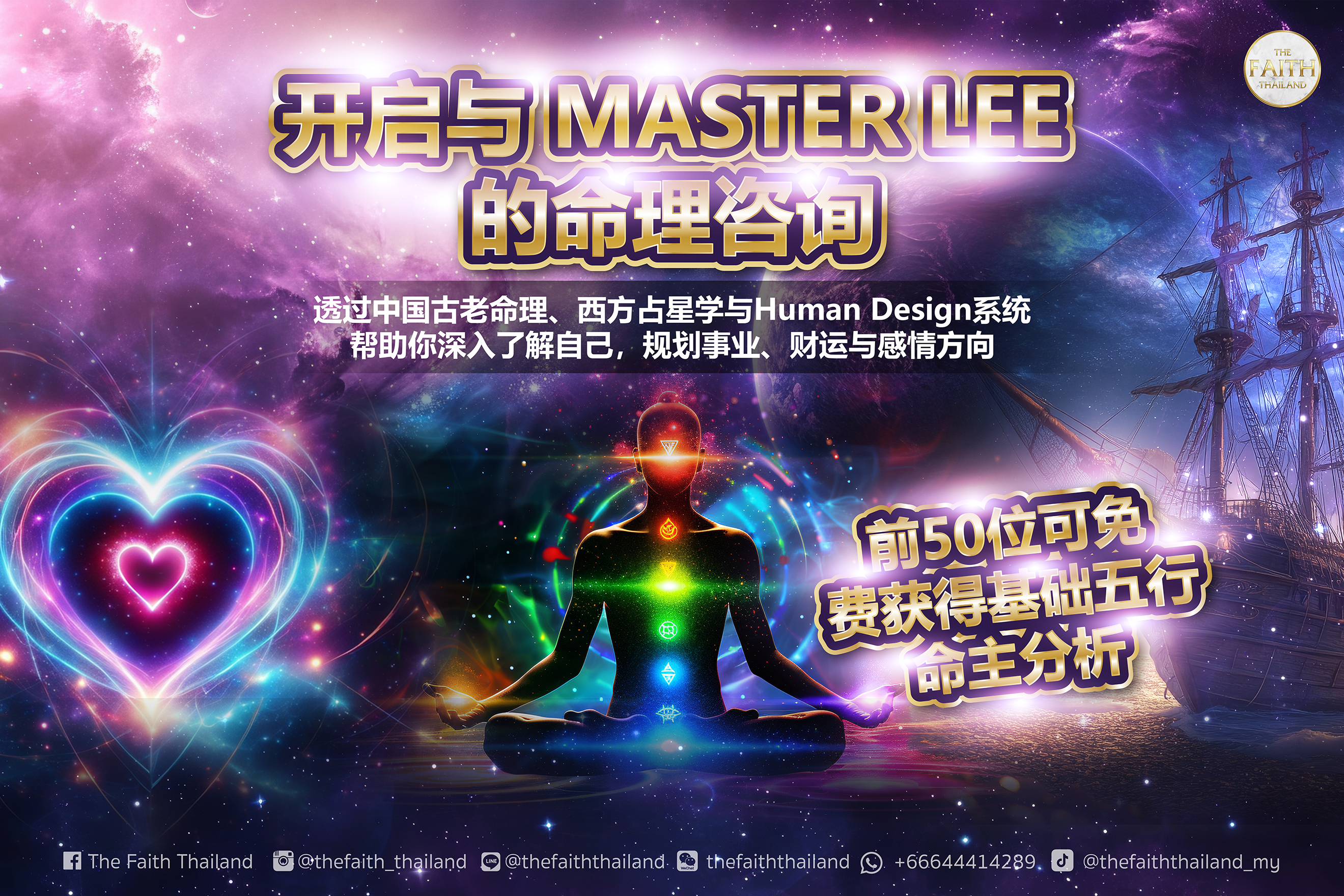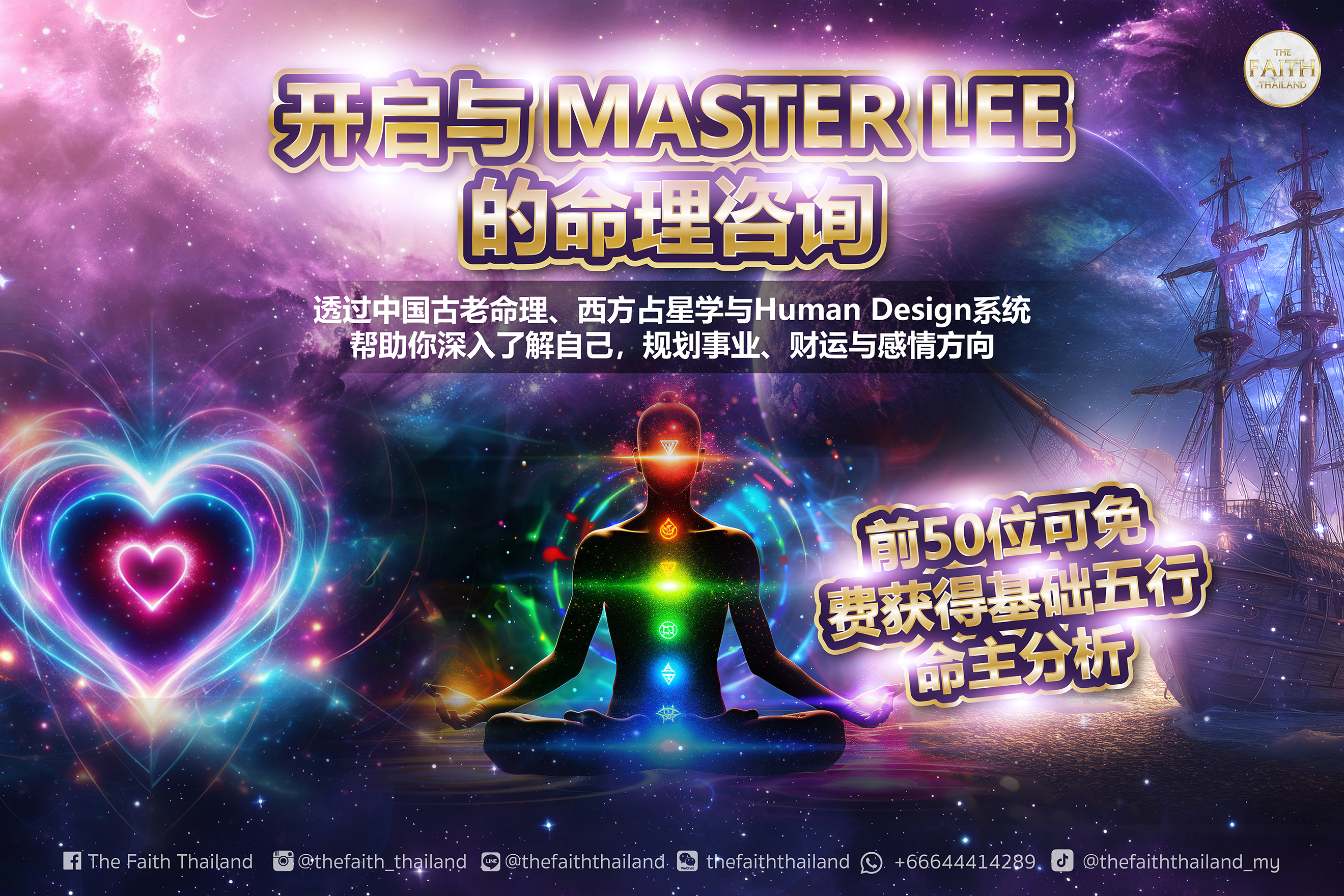泰国寺庙祈愿仪式中的服饰与装饰艺术:一场视觉盛宴
在泰国这个充满神秘与灵性的国度,寺庙不仅是祈愿与信仰的核心,还以其独特的服饰与装饰艺术成为文化传承的重要载体。泰国寺庙祈愿仪式以其独创的视觉效果和深刻的宗教意义,吸引了无数游客与信众。本文将带您探索这些寺庙服饰与装饰背后的工艺美学以及其文化内涵,揭示它们为何被称为一道“视觉盛宴”。
传统服饰:祈愿仪式中的神圣象征
在泰国寺庙的祈愿仪式中,服饰具有不可或缺的象征意义。僧侣们身穿橙色袈裟,这种颜色不仅象征着奉献与纯洁,也与佛教中的智慧之光息息相关。同时,参与祈愿的信众通常会穿着白色服装,这是一种表达崇敬与虔诚的传统方式。
这些服饰不仅在视觉上带来强烈的宗教氛围,其制作工艺也充满了细腻的美学追求。许多袈裟是由传统的缅甸或泰国技艺手工制作而成,体现了东南亚地区纺织艺术的精髓。
想进一步了解泰国寺庙建筑如何承载文化美学,请阅读相关博客:泰国寺庙建筑:拜佛文化中不容错过的艺术瑰宝。

装饰艺术:奢华与神圣的完美结合
泰国寺庙的装饰艺术无疑是一场感官的盛宴。从金碧辉煌的佛像到璀璨的玻璃马赛克墙面,每一个细节都展现了匠师对宗教信仰的无限敬仰。尤其在大型祈愿仪式期间,寺庙中的供桌、花卉布置以及香炉装饰,都经过精心设计,完美融合传统与现代艺术。
在这些装饰元素中,莲花是最具代表性的图案之一。莲花象征着纯洁和精神升华,是佛教文化的重要意象。同样,雕刻与建筑也融合了深厚的宗教意味。
想深入探讨雕刻艺术的象征意义,不妨阅读:揭开卧佛寺的神秘面纱:传说与历史的碰撞。

视觉与感官的双重享受
泰国寺庙祈愿仪式不仅仅是一场属于信众的精神洗礼,更让每一位参与者都能感受到一场视觉与感官的震撼。无论是庄严的佛像、精致的布艺装饰,还是烛光与香气交织成的妙境,都能让人切实体会到佛教文化的深邃力量。
这些视觉元素的和谐呈现,不仅是一种艺术上的突破,更是对信仰的一种高度尊重与表达。如想了解参拜仪式的文化背景,可参阅游客必读:在曼谷四面佛正确许愿的最佳时间与方式。

如何将泰国佛教元素融入您的生活?
如果您被这些寺庙祈愿仪式的服饰与装饰艺术所吸引,不妨将相关元素融入到您的生活中。我们的泰国主题商品系列融合了传统与现代灵感,无论是佛像摆件、香炉还是文化饰品,都能为您的居家空间增添一份神圣美感。
热爱传统文化的您,也可以进一步探索泰国寺庙的声音文化,推荐阅读相关文章:祈愿与社会:泰国寺庙仪式对社区的影响与启示。
结语:探索更多泰国寺庙之美
泰国寺庙祈愿仪式的传统服饰和装饰艺术,如同一场融合文化与美学的盛大庆典。这些元素深刻展现了佛教信仰的核心,同时也折射出泰国丰富的历史与工艺传承。
若您热爱文化旅行或欲深入探索信仰的美学之道,请继续阅读我们的博客文章,或访问我们的全部商品页面,开启专属于您的文化灵感之旅。
📿 立即探索泰国文化商品,点燃您的信仰灵感!
前往商品列表Thai Temple Ceremony Attire and Decorative Arts: A Visual Feast
In Thailand, a country full of mystery and spirituality, temples are not only the core of prayer and belief but also serve as important carriers of cultural heritage due to their unique attire and decorative arts. The prayer ceremonies at Thai temples, with their original visual effects and profound religious significance, attract countless tourists and devotees. This article will explore the craft aesthetics and cultural connotations behind these temple attires and decorations, revealing why they are called a "visual feast."
Traditional Attire: Sacred Symbols in Prayer Ceremonies
In the prayer ceremonies at Thai temples, attire holds indispensable symbolic meaning. Monks wear orange robes, a color that symbolizes dedication and purity, closely associated with the light of wisdom in Buddhism. Meanwhile, the worshippers participating in the prayers typically wear white clothing, a traditional way to express reverence and devotion.
These attires not only bring a strong religious atmosphere visually but also embody a delicate aesthetic pursuit in their craftsmanship. Many robes are handmade using traditional Burmese or Thai techniques, showcasing the essence of Southeast Asian textile art.
For further insights into how Thai temple architecture conveys cultural aesthetics, read the related blog: Thai Temple Architecture: An Unmissable Artistic Treasure in Buddhist Culture.

Decorative Arts: A Perfect Combination of Luxury and Sacredness
The decorative arts of Thai temples are undoubtedly a sensory feast. From the resplendent Buddha statues to the dazzling glass mosaic walls, every detail demonstrates the craftsmen's immense reverence for religious beliefs. Especially during large prayer ceremonies, the altar tables, floral arrangements, and incense burner decorations in the temples are meticulously crafted, perfectly integrating traditional and modern art.
Among these decorative elements, the lotus is one of the most representative patterns. The lotus symbolizes purity and spiritual elevation, being an important image in Buddhist culture. Likewise, carvings and architecture also merge deep religious meanings.
To delve into the symbolic meanings of carving art, consider reading: Unveiling the Mysteries of Wat Pho: The Collision of Legend and History.

Dual Enjoyment of Vision and Sensation
The prayer ceremonies at Thai temples are not just a spiritual baptism for the devotees but also an impressive visual and sensory experience for every participant. Whether it is the solemn Buddha statues, exquisite fabric decorations, or the fusion of candlelight and incense aromas, all allow one to genuinely experience the profound power of Buddhist culture.
The harmonious display of these visual elements is not only an artistic breakthrough but also a high respect and expression of faith. For insights into the cultural background of the worship ceremonies, refer to Must-read for Tourists: Correct Wishing Times and Methods at the Erawan Shrine in Bangkok.

How to Incorporate Thai Buddhist Elements into Your Life?
If you are captivated by the attire and decorative arts of these temple prayer ceremonies, consider incorporating related elements into your life. Our Thai-themed product collection blends traditional and modern inspirations. Whether it be Buddha statues, incense burners, or cultural ornaments, they can add a sense of sacred beauty to your home space.
Those passionate about traditional culture can further explore the auditory culture of Thai temples. Recommended reading: Wishes and Society: The Impact and Inspiration of Thai Temple Ceremonies on the Community.
Conclusion: Exploring More of the Beauty of Thai Temples
The traditional attire and decorative arts of Thai temple prayer ceremonies are like a grand celebration of cultural and aesthetic integration. These elements profoundly showcase the core of Buddhist beliefs while reflecting Thailand's rich history and craftsmanship heritage.
If you love cultural travel or wish to delve deep into the aesthetics of faith, continue reading our blog posts or visit our entire product page to embark on a journey of cultural inspiration unique to you.


